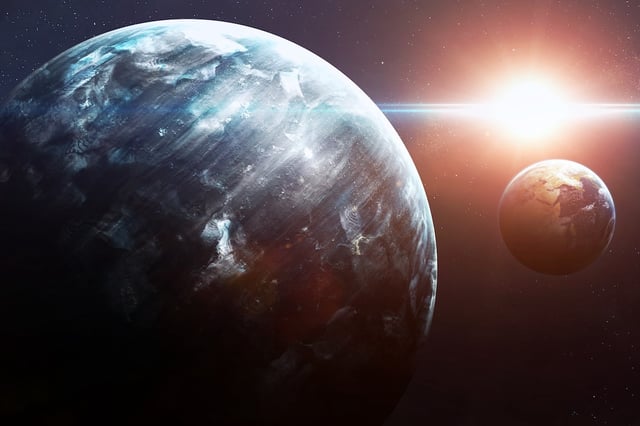Overview
- Researchers from Taiwan, Japan, and Australia identified a potential Planet Nine candidate using decades-old infrared data from the IRAS and AKARI satellites.
- The object, with an estimated mass of 7–17 Earth masses and a distance of 500–700 astronomical units, aligns with some predictions but lacks a definitive orbital trajectory.
- Mike Brown, co-author of the original Planet Nine hypothesis, expressed skepticism, noting that the candidate's orbit could contradict the gravitational effects previously observed.
- The Vera C. Rubin Observatory, set to begin operations mid-2025, is expected to provide definitive observations to confirm or refute the candidate's existence.
- Alternative explanations for the anomalous trans-Neptunian orbits, such as non-planetary mechanisms, remain under consideration by some astronomers.

